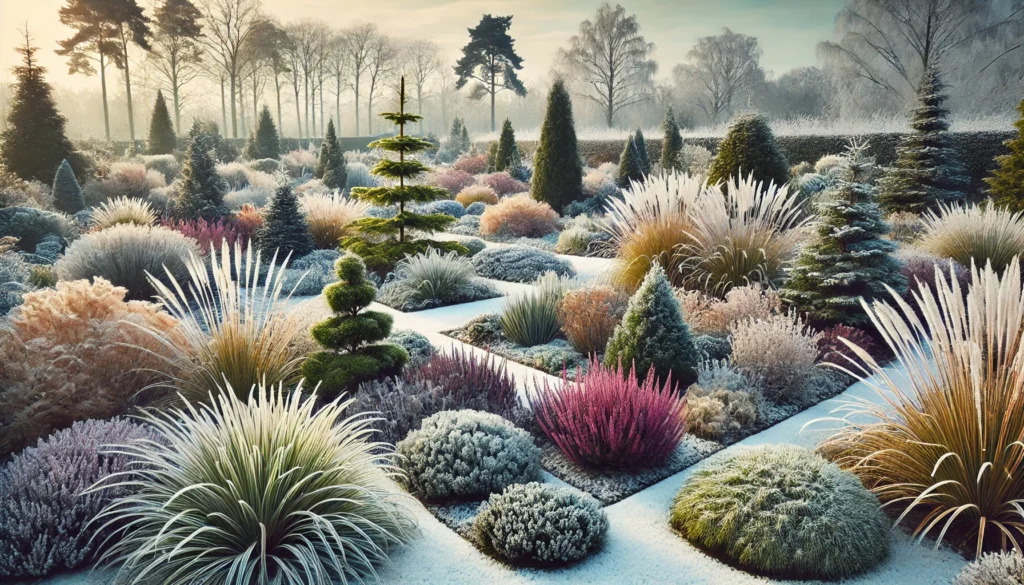Gardening in colder climates can be a challenge, but with the right frost-resistant plants, your garden can thrive year-round. Whether you live in a region that experiences harsh winters or you want to extend the growing season into the cooler months, choosing the right frost-hardy plants is essential. In this article, we’ll explore the best frost-resistant plants for different garden zones and provide tips on how to care for them to ensure they survive and flourish in cold conditions.
Why Choose Frost-Resistant Plants?
Frost-resistant plants are designed to withstand freezing temperatures, frost, and snow. They have developed natural mechanisms, such as thickened cell walls and antifreeze-like substances, to protect themselves from the cold. These plants are not only tough but also incredibly beautiful, offering vibrant colors and structure even in the harshest conditions.
In addition, frost-hardy plants require less maintenance during the winter months, making them ideal for busy gardeners who still want a picturesque landscape.
Top Frost-Resistant Plants for Cold Climates
Here are some of the best frost-hardy plants that can withstand temperatures as low as -30°F (-34°C) or lower, making them perfect for zones 3 to 6.
1. Hellebores (Helleborus)
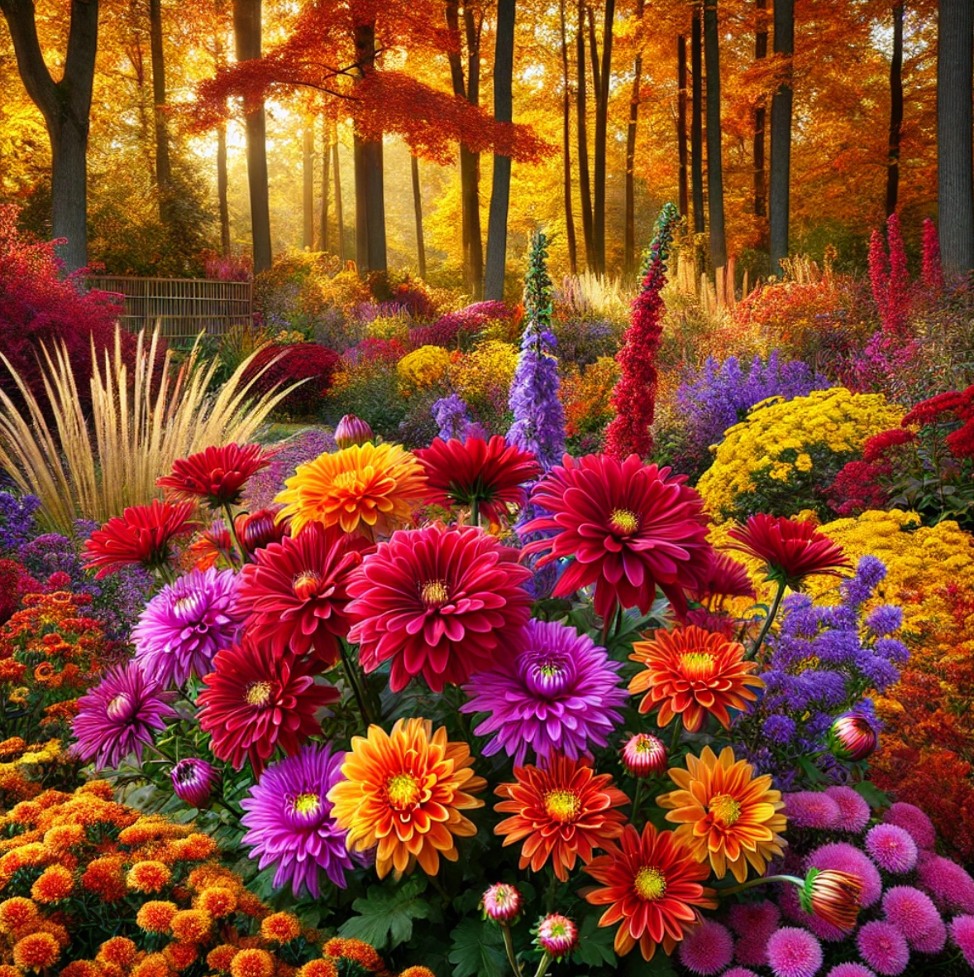
Hellebores are often referred to as “Christmas roses” because they bloom in winter, sometimes even through snow. These evergreen perennials are highly resistant to frost, thriving in USDA zones 4-9. With their showy blooms in shades of white, pink, and purple, hellebores add color and life to any winter garden.
Care Tips:
- Plant in well-drained soil with partial to full shade.
- Keep the soil moist but not waterlogged.
2. Japanese Maple (Acer palmatum)
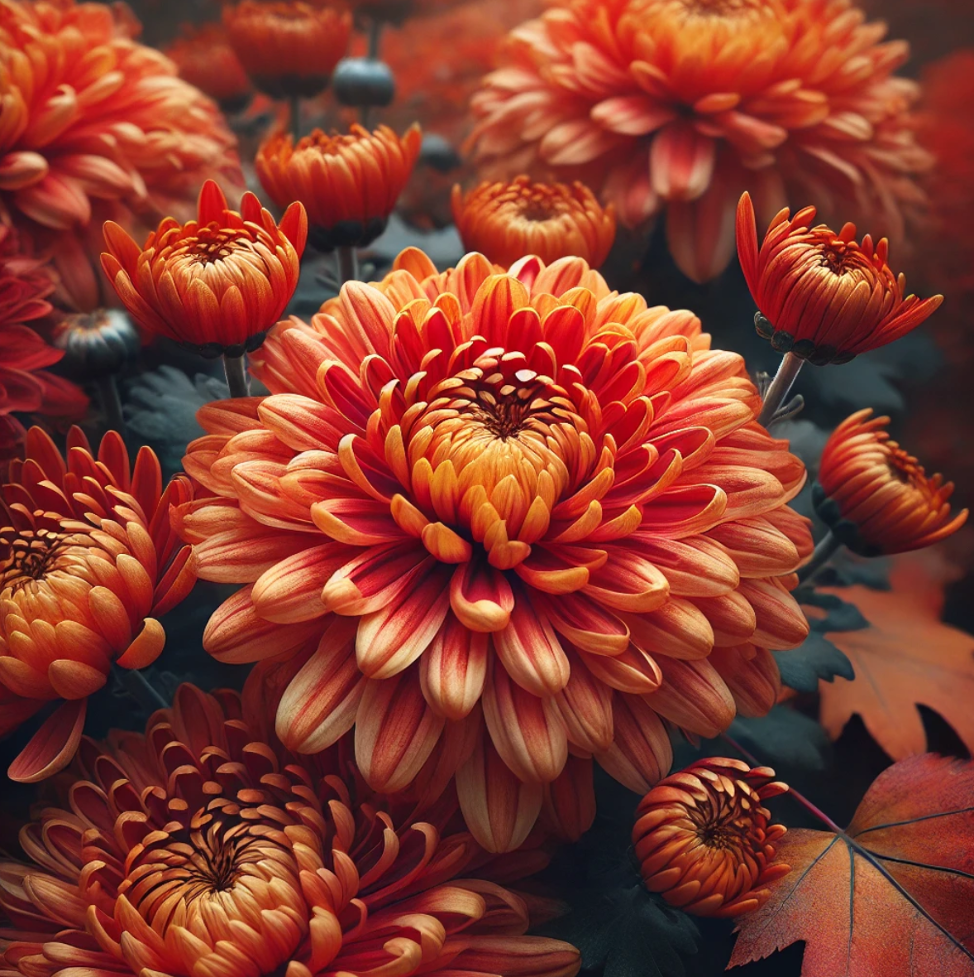
Japanese maples are known for their delicate, lace-like foliage that turns brilliant shades of red, orange, and yellow in autumn. They are frost-hardy down to USDA zone 5 and can be a focal point in your garden. These small, slow-growing trees are perfect for colder climates and bring a touch of elegance to any landscape.
Care Tips:
- Plant in well-drained soil with protection from strong winds.
- Water deeply in summer but avoid overwatering in winter.
3. Siberian Iris (Iris sibirica)
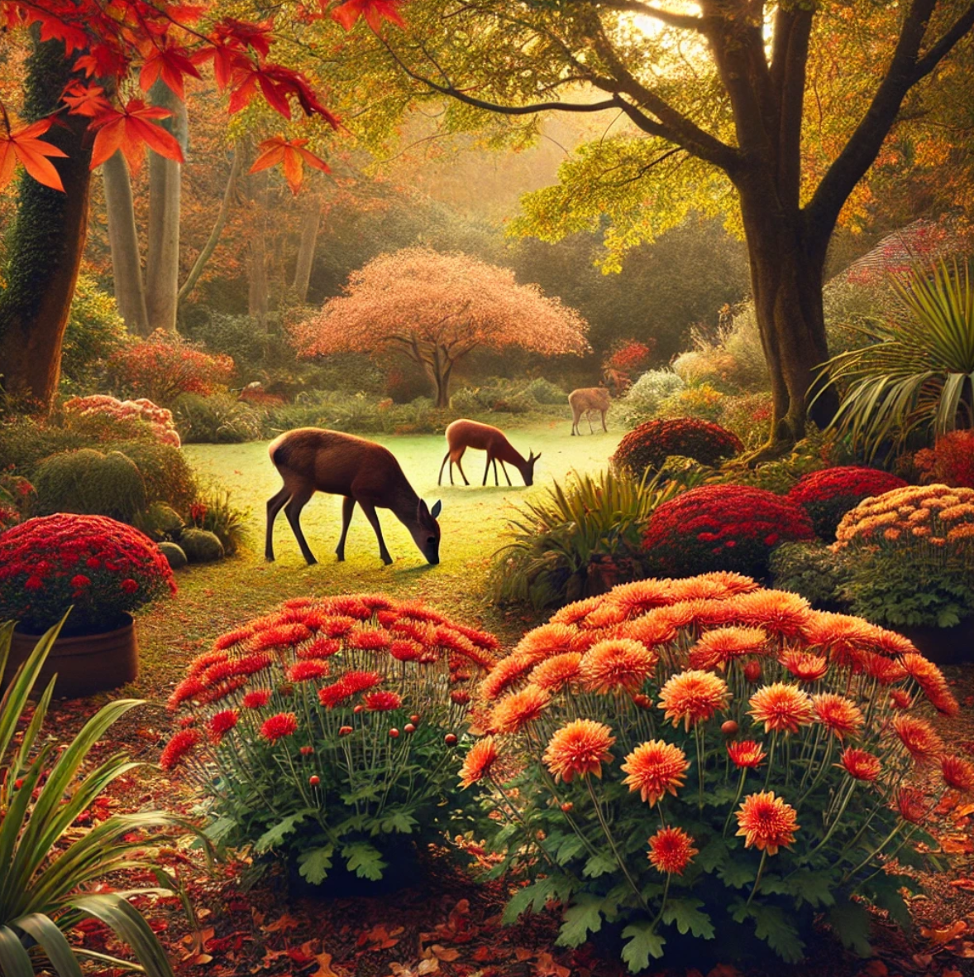
Siberian irises are a great choice for cold climates because they are native to northern regions. These plants produce vibrant blue, purple, and white flowers on slender, grass-like stems and are hardy in USDA zones 3-8. They also require minimal maintenance once established.
Care Tips:
- Plant in moist, well-drained soil in full sun.
- Cut back the foliage in late fall to encourage new growth in spring.
4. Winterberry (Ilex verticillata)
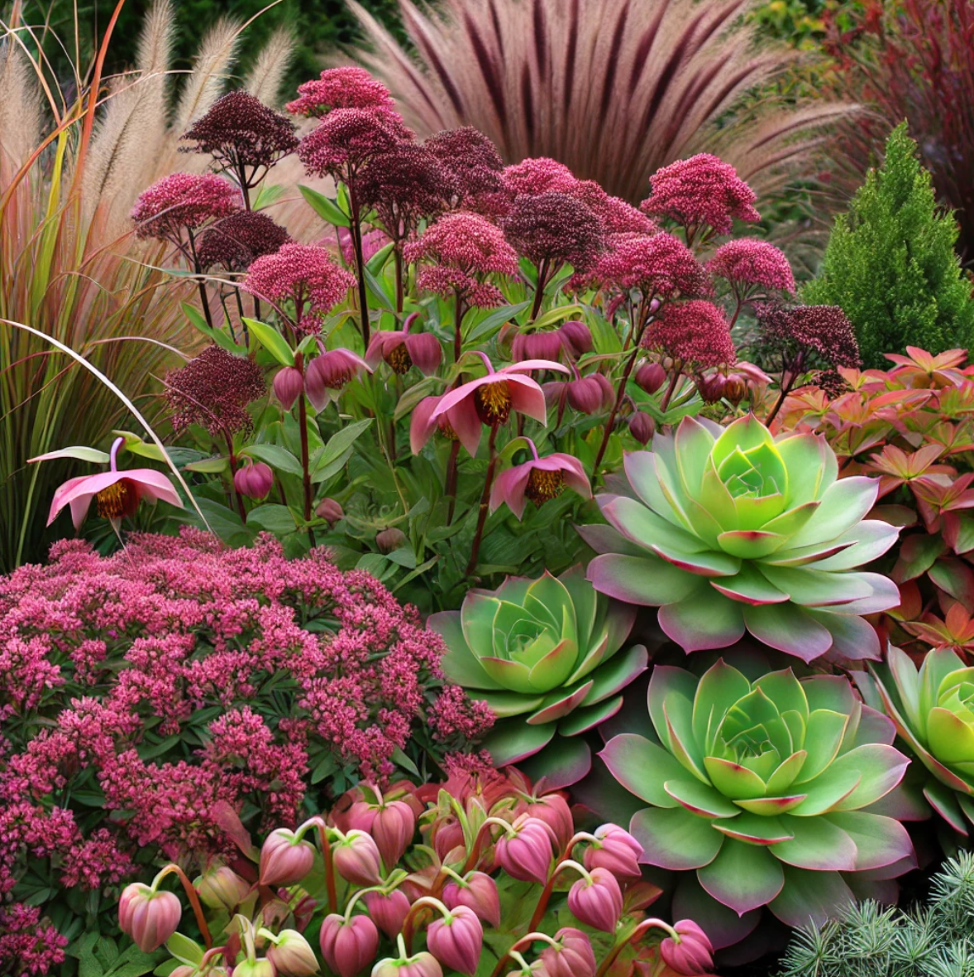
Winterberry is a deciduous holly that stands out in the winter months due to its vibrant red berries, which last well into winter. It is a frost-hardy shrub that thrives in USDA zones 3-9, and the berries provide food for birds when other sources are scarce.
Care Tips:
- Plant in acidic, moist soil in full sun to partial shade.
- Prune in late winter to encourage new growth.
5. Sedum (Sedum spp.)
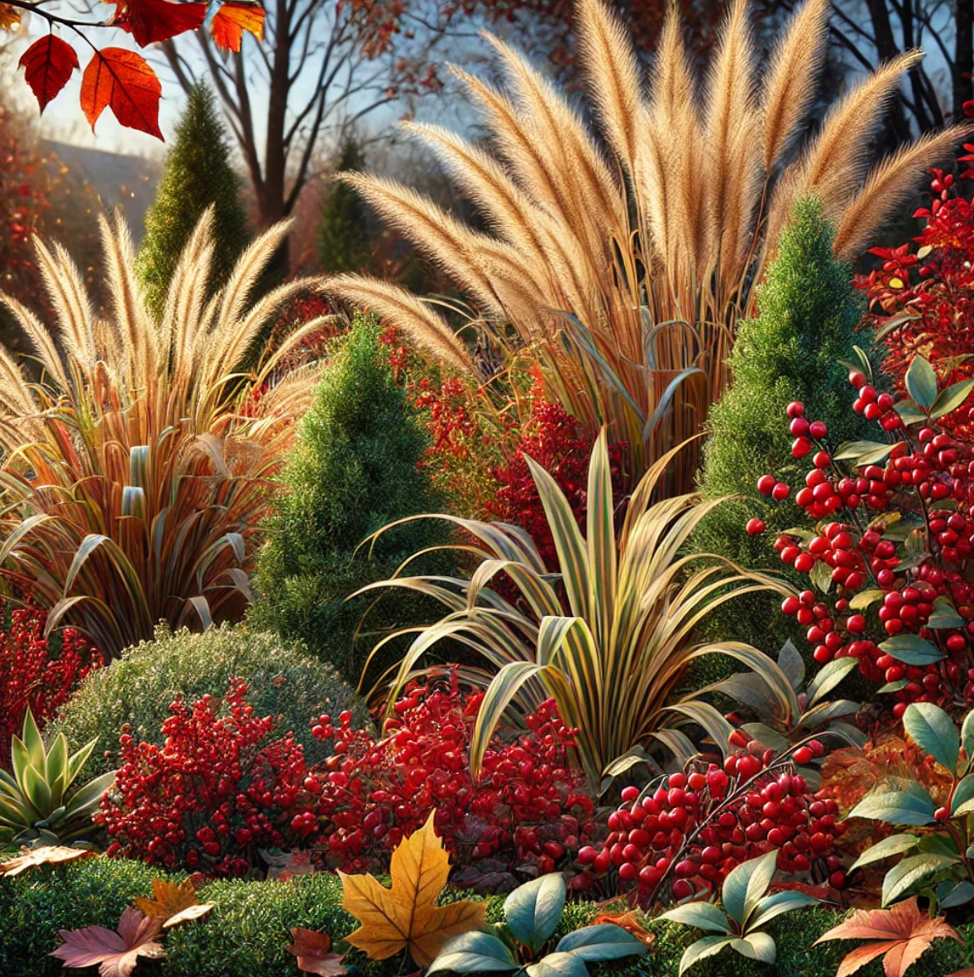
Sedum, also known as stonecrop, is a group of succulent plants that are highly drought- and frost-resistant. They come in various shapes and sizes, from low-growing groundcovers to upright varieties. Sedum is hardy in USDA zones 3-9 and provides structure to the garden with its thick, fleshy leaves and star-shaped flowers.
Care Tips:
- Plant in well-drained soil with full sun exposure.
- Avoid overwatering, as sedum prefers dry conditions.
6. English Lavender (Lavandula angustifolia)
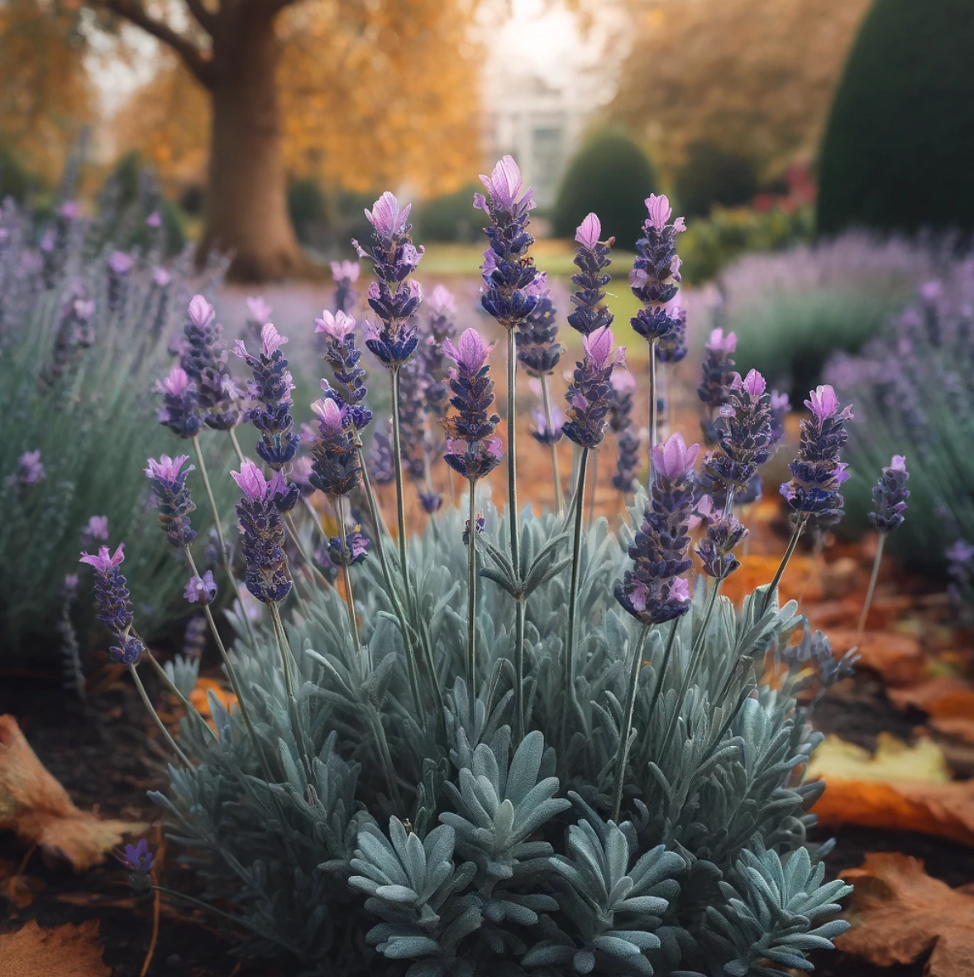
Lavender is beloved for its fragrant flowers and silvery foliage. English lavender, in particular, is more frost-tolerant than other varieties and thrives in USDA zones 5-9. It blooms in late spring and early summer, offering a beautiful contrast to other cold-hardy plants.
Care Tips:
- Plant in well-drained soil with full sun.
- Prune lightly after flowering to maintain shape.
7. Russian Sage (Perovskia atriplicifolia)
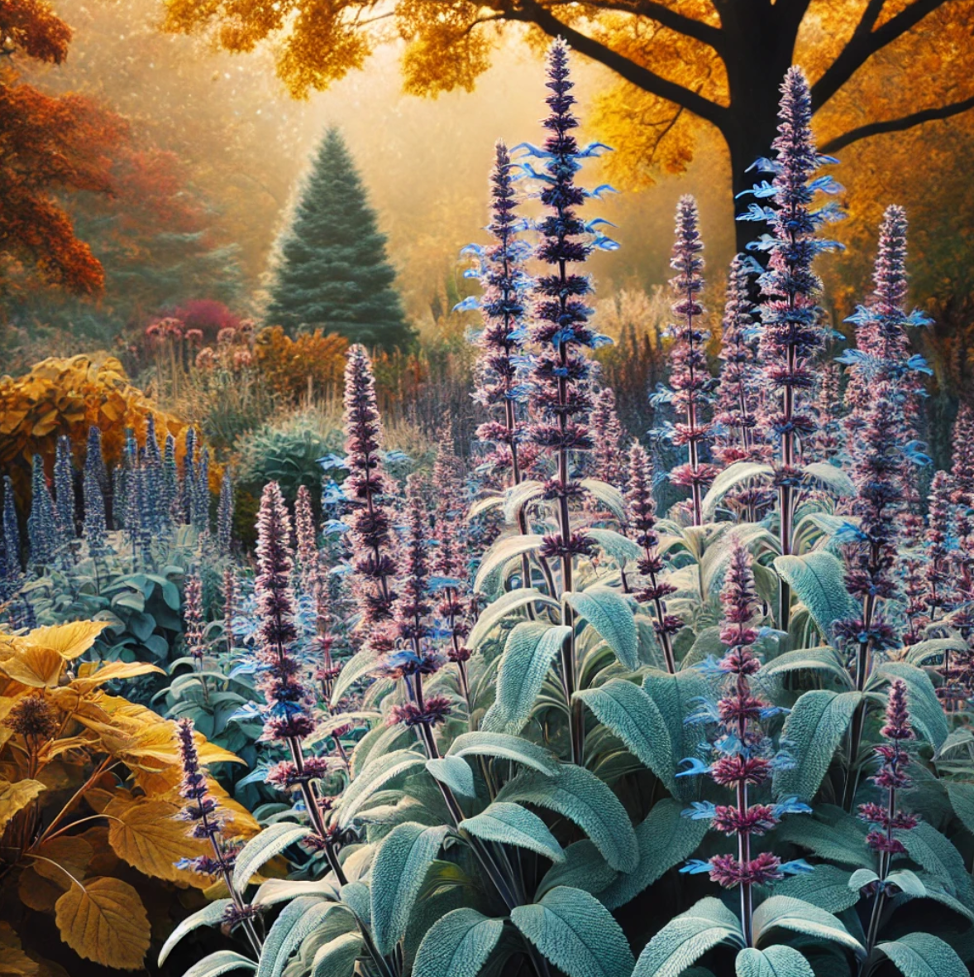
Russian sage is a perennial that thrives in cold climates, known for its silvery foliage and tall spikes of lavender-blue flowers. This drought-tolerant plant is hardy in USDA zones 4-9 and adds a stunning vertical element to any garden.
Care Tips:
- Plant in well-drained soil with full sun exposure.
- Cut back the stems in early spring to encourage new growth.
8. Boxwood (Buxus)

Boxwood is an evergreen shrub that remains vibrant and green even in freezing temperatures. It is hardy in USDA zones 5-9 and is often used to create neat hedges or topiaries. Its dense foliage provides year-round structure to the garden.
Care Tips:
- Plant in well-drained soil with partial shade.
- Prune regularly to maintain shape.
Tips for Caring for Frost-Resistant Plants
Even though frost-hardy plants are built to withstand the cold, they still need proper care to ensure they thrive through the winter months. Here are some tips for keeping your frost-resistant plants healthy:
- Mulching: Adding a thick layer of mulch around the base of plants helps insulate their roots from freezing temperatures. Mulch also retains moisture, which is essential during dry winter months.
- Watering: While it’s important to water plants before the ground freezes, avoid overwatering in the winter. Frozen soil can trap water and cause root rot.
- Protection from Wind: Cold winds can dry out plants, even those that are frost-hardy. Use windbreaks, such as burlap or snow fences, to protect delicate plants from strong gusts.
- Pruning: Most frost-resistant plants benefit from pruning in late winter or early spring to encourage new growth. However, avoid heavy pruning in the fall, as this can expose tender growth to frost damage.
- Container Plants: If you have frost-resistant plants in containers, consider moving them to a sheltered location, such as a garage or greenhouse, during extreme cold spells.
Conclusion
With the right frost-resistant plants, you can enjoy a stunning garden year-round, even in the coldest climates. From colorful perennials like hellebores and Siberian irises to structural evergreens like boxwood, these hardy plants can add beauty and resilience to your landscape. By selecting plants suited to your climate zone and following proper care techniques, you can create a thriving, frost-proof garden that stands the test of time.

